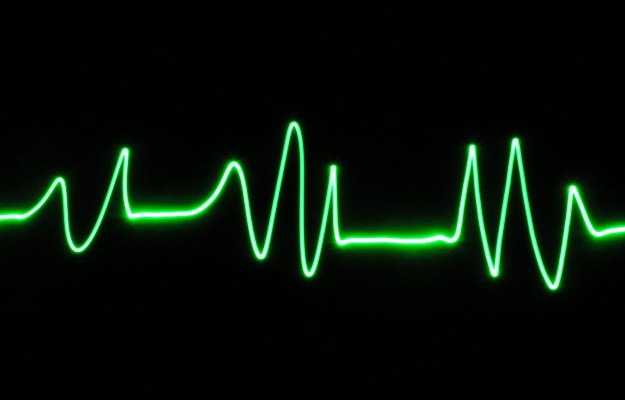What is ventricular tachycardia?
Ventricular tachycardia (VT) is a fast heart rhythm (more than 100 beats per minute, along with a minimum of 3 irregular heartbeats in a row), which begins in the lower chambers of the heart (ventricles). Worsening VT, if left untreated, leads to life-threatening conditions such as ventricular fibrillation and may lead to death.
Please click on this link to know the better ayurvedic solution for heart disease.
(Read More - Mitral valve repair surgery)
Symptoms of VT may start or stop abruptly. In some cases, no symptoms may be seen. The most common symptoms of VT observed during an episode include:
- Shortness of breath
- Chest discomfort also called angina
- Palpitations (where irregular or rapid heartbeats are felt, making the individual uncomfortable)
- Weak or no pulse
- Low blood pressure
- Light-headedness
- Dizziness
- Fainting (syncope)
(Read More - Heart valve replacement)
What are the main causes?
The various factors or conditions leading to VT include:
- Early or late complication of a heart attack
- Congenital heart defect
Inherited heart rhythm problems which include:
- Long QT syndrome
- Brugada syndrome
- Myocarditis
- Cardiomyopathy
- Hypertrophic
- Dilated
- Heart failure
- Heart surgery
- Valvular heart disease
- Scar tissue in the muscle of the ventricles (generally, after a heart attack)
Other non-cardiac causes of VT include:
Medications which include:
- Anti-arrhythmic drugs (used to treat an abnormal heart rhythm)
- Non-prescription decongestants
- Herbal remedies and diet pills
- Cocaine or other stimulants
- Changes in blood chemistry which include:
- Low potassium level
- Changes in acid-base balance
- Lack of oxygen
(Read More - Aortic valve repair)
How is it diagnosed?
The physician will take a complete history of symptoms, carry out a thorough physical examination and check the pulse and blood pressure. The physician may further advise the following tests:
- Blood tests which include blood chemistry, pH of blood and oxygen level in blood
- Chest X-ray
- Electrocardiogram (ECG) or Holter monitor (where 24-48 hour monitoring of heartbeat is required)
- Intracardiac electrophysiology study (EPS)
- Loop recorder or device to record rhythm
Management for VT depends on the type of heart disorder and the symptoms seen and includes:
Medications given through a vein during an episode or orally as long-term treatment include:
Treatment measures during an episode including:
- Cardiopulmonary resuscitation (CPR)
- Cardioversion (electric shock)
- Ablation: In which the heart tissue causing the abnormal heartbeat is destroyed.
- An implantable cardioverter defibrillator (ICD): An implanted device that detects any rapid heartbeat which is life-threatening and quickly signals the heart to change the rhythm back to normal by sending an electrical shock.
(Read More - Homeopathic treatment for heart attack)
















